Find ideas for getting enough protein in your family’s diet if meat becomes hard to find in stores.
On March 13, 2020 our governor Tom Wolf announced that all Pennsylvania schools would be closed for two weeks due to COVID-19 concerns.
About an hour later, I went to the grocery store. Something felt very wrong. There were barely any parking spots. The store was packed with people. A lot of the grocery items that I normally get were running low. I could sense a panic in the customers. And to my surprise, when I got to the meat cases, there wasn’t any meat. Every package of meat was gone!

No beef. No pork. And no chicken.
I couldn’t believe it. Furthermore, I went to another store that same day. No meat there either. It was very odd.
People were panicking and hoarding meat in an attempt to stock up in case they were going to be stuck at home for a while. This was the beginning of limited items in stores. Other foods and household items were affected also, especially toilet paper, hand sanitizer, and cleaning supplies. They were either not available or in very short supply.
It has been over two months and it’s still very hard to find toilet paper and cleaning supplies when you go to the store. But as far as the meat goes, things settled down after a couple of weeks. The meat cases in grocery stores seemed well-stocked and pretty normal.
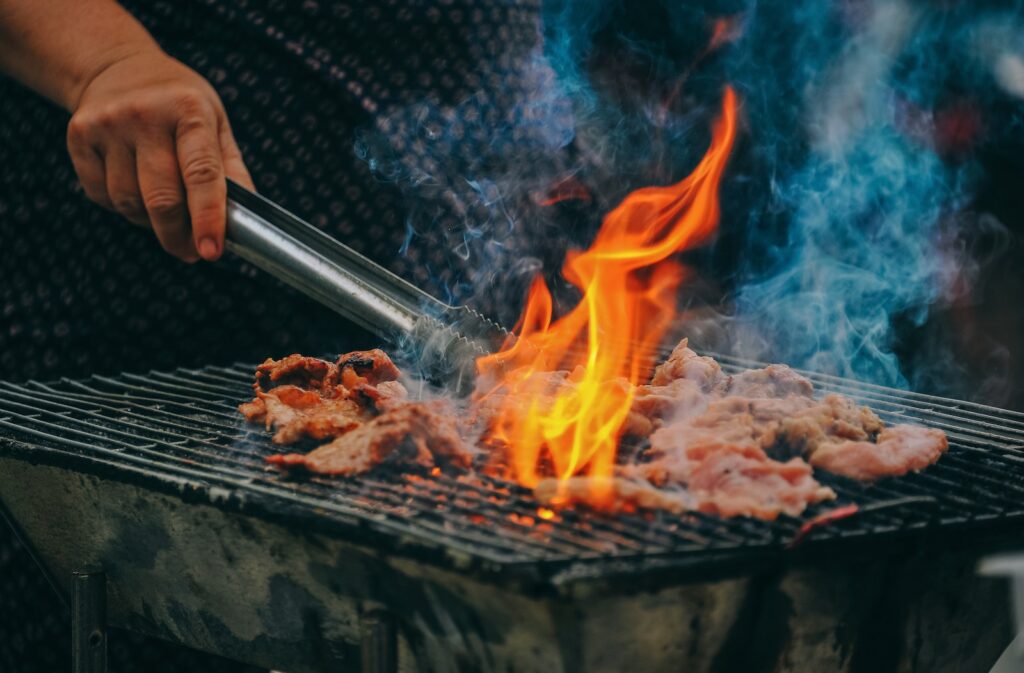
The reason for this expected meat shortage is due to meat processing companies across the country either temporarily closing or limiting operations because of their workers testing positive for COVID-19. The plants cannot operate to full capacity since many workers are either home sick or home because they are high risk for the Coronavirus and concerned for their health.
With meat processing companies not working to full capacity, three things could happen:
- meat could be harder to find
- the variety of meat could be limited
- there could be higher meat prices- due to limited supplies
What will we do? Meat is a high source of protein and our bodies need protein.
Why do we need protein? Protein is crucial for the health of our muscles, bones, skin, and hair.
How much protein do we need? The amount of protein we need is based on factors such as age, weight, and exercise habits. The recommended dietary allowance for protein is 0.8 grams of protein per kilogram of body weight. One kilogram equals 2.2 pounds. To calculate:
- take your weight in pounds and divide by 2.2
- multiply that by 0.8
So, for example, that means a person who weighs 143 pounds needs around 52 grams of protein per day.
This is just a guideline. Children, teenagers, pregnant women, lactating women, older adults, and very active people all need more protein. People with certain illnesses need to decrease their protein intake. It’s very important to consult your doctor to determine the amount of protein you need.
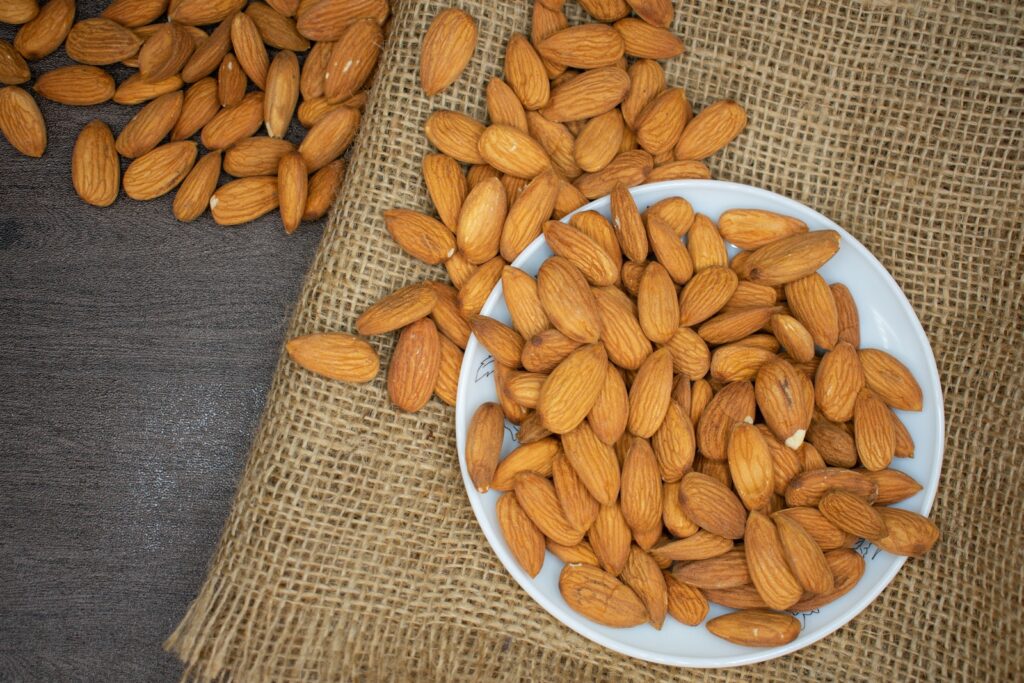
If meat does become difficult to find or if it starts to cost too much to stay within your budget, don’t worry, meat isn’t the only source of protein. Here are some ways to make sure you and your family get enough protein each day.
1. Eggs
The average egg contains about 6 grams of protein. They are very versatile. Eggs can be included in every meal and snacks. They can be eaten on their own or combined with other foods including other protein sources. They can be used as the star of a meal or be added to a recipe and hardly even noticed.
IDEAS:
- boiled eggs
- deviled eggs
- Eggs Benedict
- omelettes
- scromlettes
- huevos rancheros
- frittatas
- scrambled eggs
- egg salad sandwiches
- quiches
- breakfast burritos
- French toast
- add to salads and casseroles
- add to tuna noodle casserole

2. Milk and Milk Products
Dairy products are a good source of protein. 1 cup of milk has 8 grams, 1 ounce mozzarella cheese has 7 grams, 1/2 cup cottage cheese has 14 grams, and 6 ounces of Greek yogurt has 18 grams. Dairy products can be eaten on their own or added to dishes and recipes.
IDEAS:
- a glass of milk
- yogurt
- cottage cheese
- cut-up cheese
- string cheese
- smoothies
- ice cream
- cheesecake
- pudding
- mozzarella sticks
- toasted cheese sandwiches
- vegetable lasagna
- cheese and spinach casserole
- macaroni and cheese
- quiches
- add cheese to your vegetables or salads

3. Legumes
Legumes include beans, lentils, and peas. 1/2 cup lentils have 9 grams of protein, 1/2 cup chickpeas have 7 grams, 1/2 cup Edamame have 9 grams, 1/2 cup kidney beans have 7 grams, and 1/2 cup tofu has 10 grams. Tofu is made from soybeans. Legumes are inexpensive and a good source of protein. Legumes should be eaten with grains to form a complete protein.
IDEAS:
- chili
- minestrone soup
- pork and beans
- bean burritos
- grilled tofu
- fritters
- hummus
- made into dips and spreads
Legumes can be added to:
- soups
- stews
- casseroles
- salads
For complete protein combos try:
- beans and rice
- chili and cornbread
- hummus and pita bread
- refried beans and tortillas
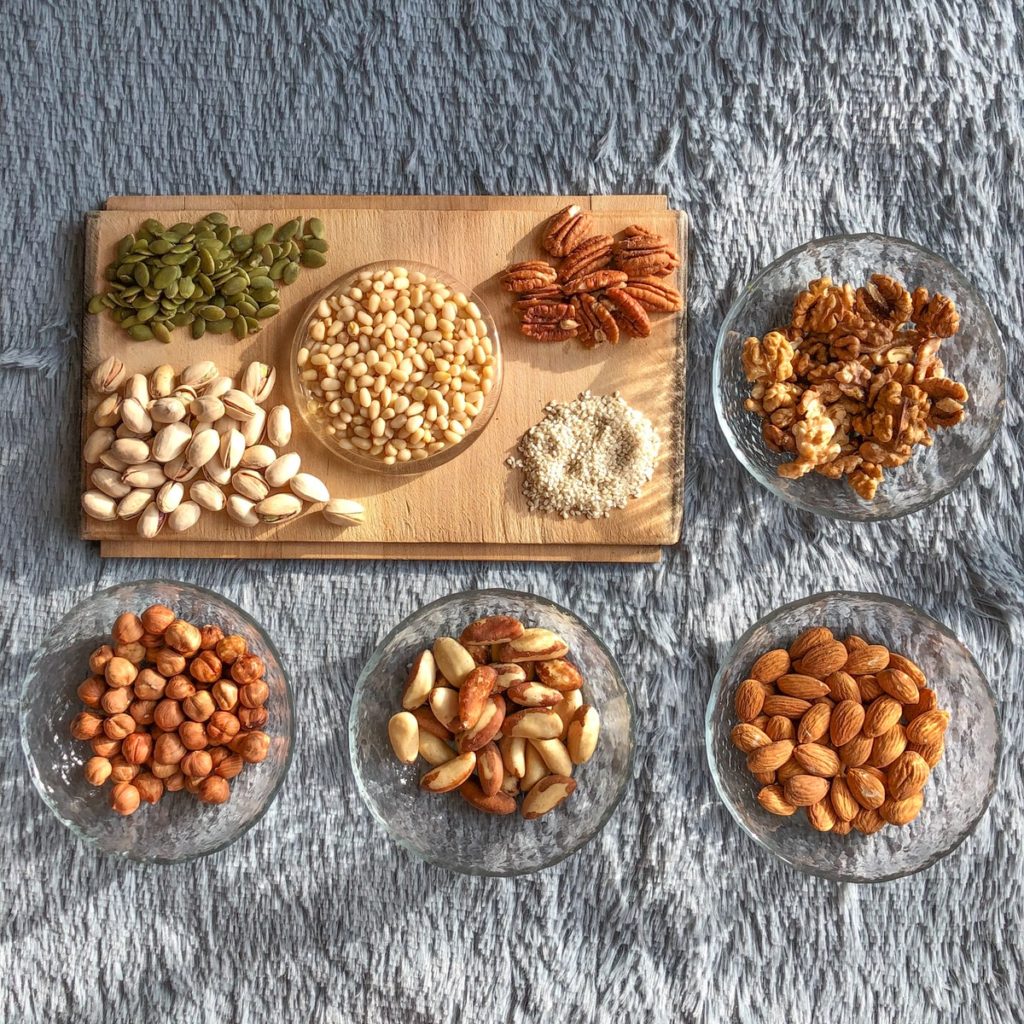
4. Nuts
Nuts are a good meatless source of protein, but they still have a meaty quality to them. Peanuts are technically legumes, but many classify them as nuts. 1 tablespoon peanut butter has 7 grams of protein. 1 ounce of almonds has 6 grams, 1 ounce pistachios have 6 grams, 1 ounce of walnuts have 4 grams, and 1 ounce of cashews have 4 grams. They can be eaten plain, added to dishes, or used as a spread.
IDEAS:
- eat plain for a snack
- peanut butter sandwiches
- peanut butter cookies
- peanut butter pies
- peanut butter fudge
- peanut butter balls
- peanut brittle
Sprinkle on top of:
- yogurt
- cereal
- salads
- pasta
- soups
- vegetables
- stir-fry
Add to recipes such as:
- breads
- cookies
- pancakes
- waffles
- muffins
- smoothies
- shakes
5. Seeds
1 ounce of seeds can contain as much or more protein as an egg. Sunflower seeds have 6 grams, chia seeds have 5 grams, flax seeds have 6 grams, and pumpkin seeds have 9 grams. They can be eaten plain, as a snack, added to recipes, or sprinkled on a variety of food.
IDEAS:
- salad toppings
- bread toppings
- yogurt toppings
- roasted seeds
- add to bread
- add to cookie batter
- add to a stir-fry
- add to oatmeal
- add to a smoothie
- make sunflower seed butter
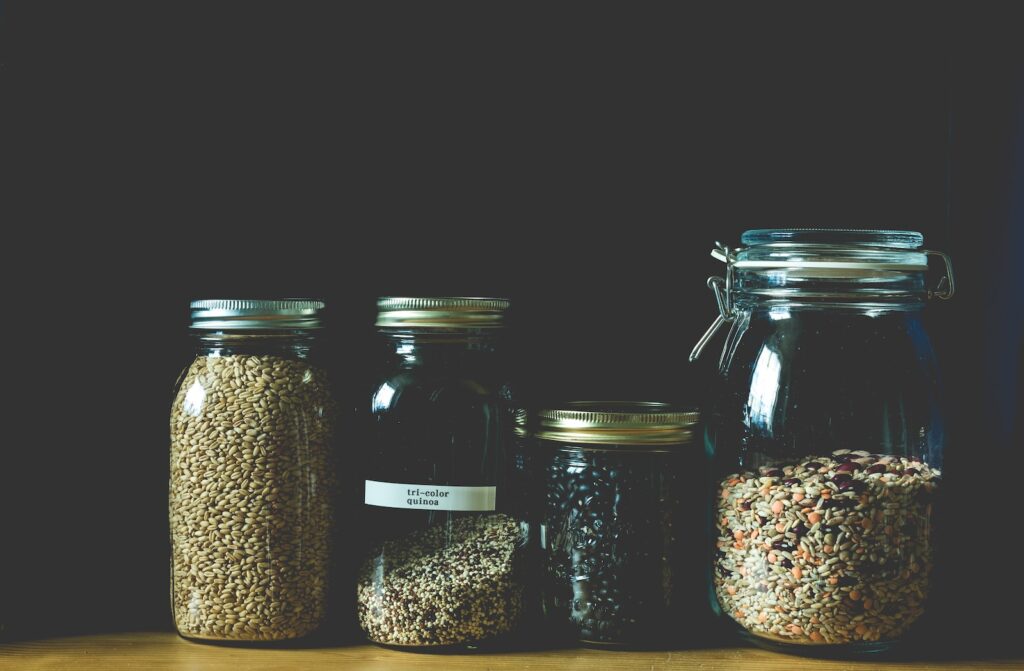
6. Grains
Grains can either be whole grain or refined. Whole grain is a much healthier choice. 1 cup brown rice has 5 grams of protein. 1 cup whole wheat pasta has 7 grams, 1/2 cup rolled oats has 5 grams, 1/2 cup quinoa has 4 grams, and 1 slice Ezekiel bread has 4 grams. Grains can be made into different products such as cereal, pasta, bagels, and bread. Bagels and bread can be used to make sandwiches or toasted and topped with spread. Grains need to be eaten with legumes to make a complete protein.
IDEAS:
- oatmeal
- rice and beans
- tuna fish sandwiches
- toasted cheese sandwiches
- peanut butter and toast
- meatless spaghetti
- meatless lasagna
- macaroni and cheese
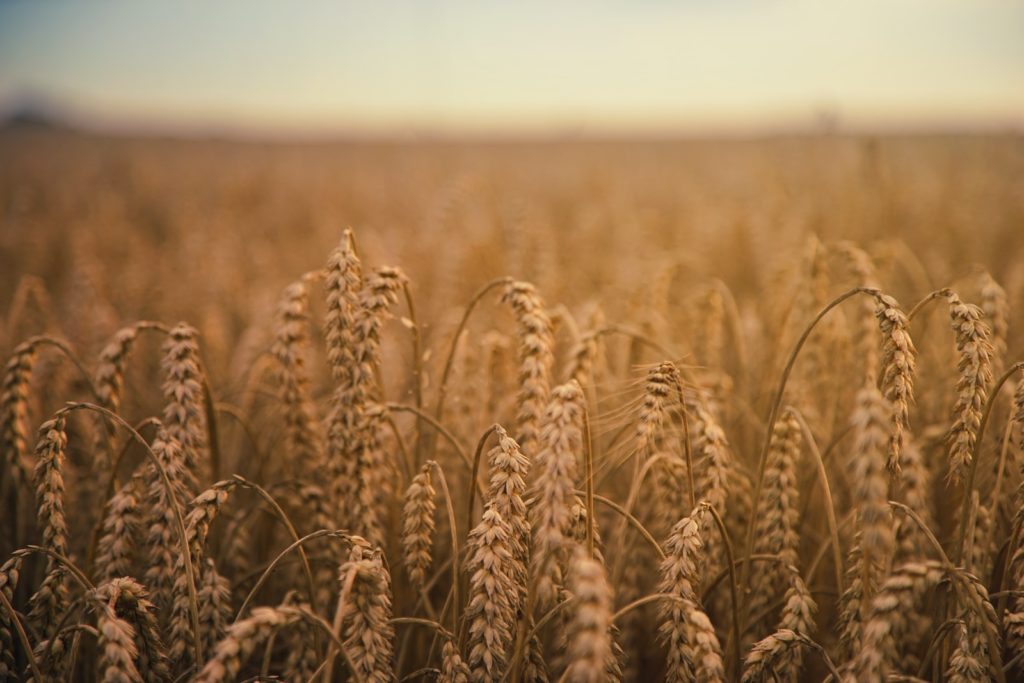
7. Seafood
Seafood is not predicted to be as hard to find as chicken, pork, and beef during the COVID-19 meat shortage. It is is an excellent source of protein. 3 ounces of tuna has 22 grams, 3 ounces of shrimp has 20 grams, 3 ounces of salmon has 22 grams, and 3 ounces of scallops has 14 grams. Fish can be purchased fresh, frozen, or canned.
IDEAS:
- tuna salad
- tuna noodle casserole
- tuna fish sandwiches
- sardine sandwiches
- salmon patties
- shrimp stir-fry
- linguine and clam sauce
- fish tacos
- grilled, baked, or broiled fish
As you can see, there are plenty of meatless options to choose from to get enough protein. Remember to prepare ahead of time. Before heading to the store for your next shopping trip, decide on a menu that includes several of these options. Add the ingredients you need to your grocery list. Then while you’re at the store, you won’t be sent into a panic if you find yourself staring at empty meat cases.

great advice. thank you.